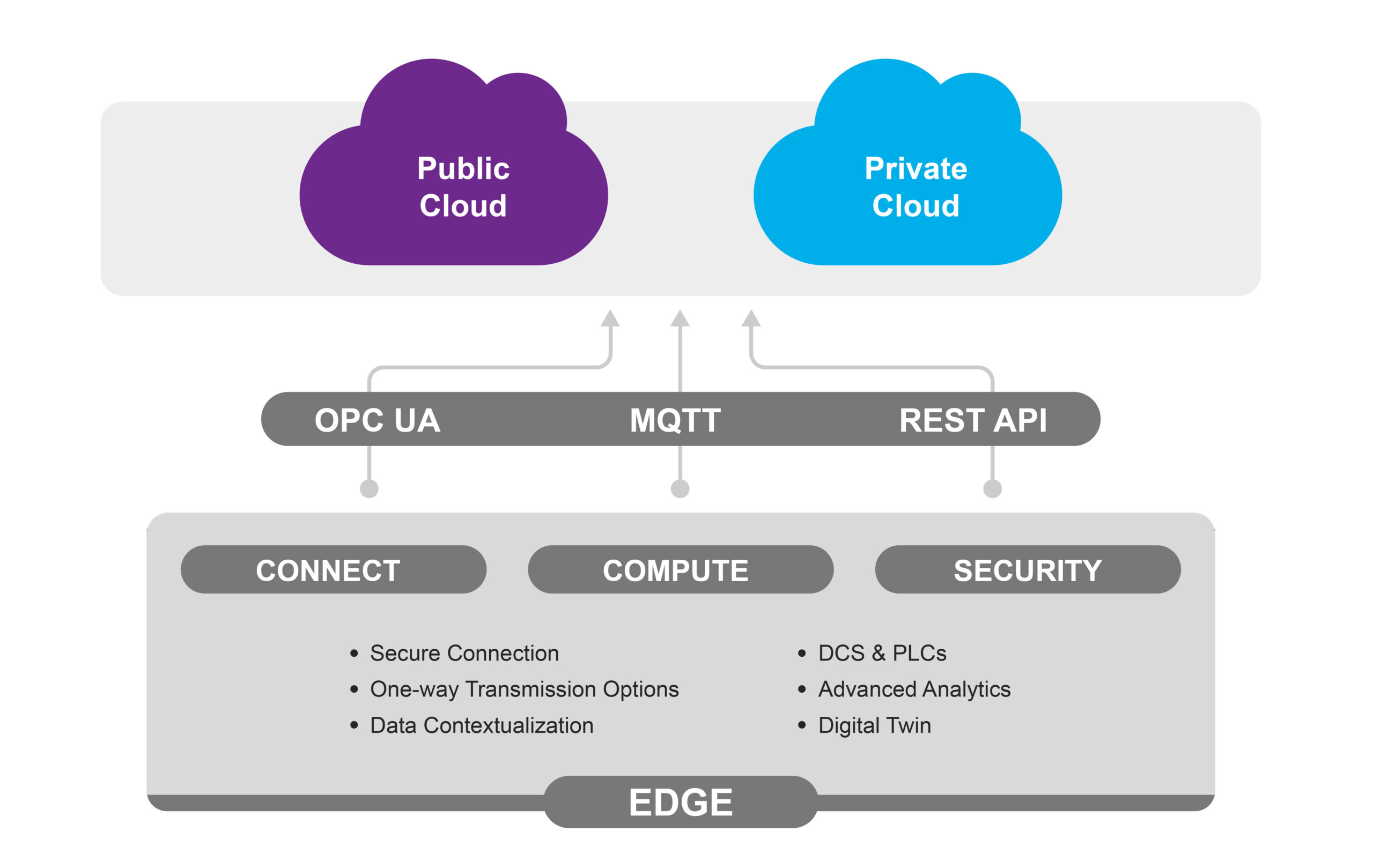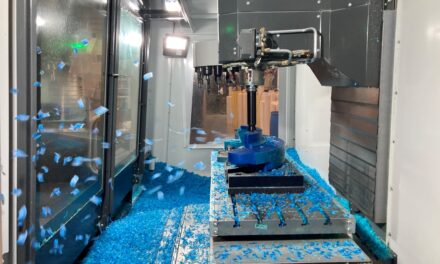The distributed control system is evolving to meet the needs of Industry 4.0 and beyond, says Claudio Fayad, VP of Technology at Process Systems and Solutions, Emerson

For decades, prevailing wisdom was focused on keeping operational technology (OT) separate from the internet. However, in recent years most organisations have come to realise that the connectivity of all OT systems to the internet, along with cloud connectivity, are necessary to deliver Industry 4.0 performance benefits not just across the plant, but across the enterprise. This new focus on connectivity has required increased collaboration between information technology (IT) and OT, which, in turn, has increased scrutiny on IT/OT convergence and its associated technologies, including the distributed control system (DCS).
The compute nodes of the DCS – such as controllers, smart I/O cards, and workstations – touch nearly every piece of data used by process manufacturers to enhance operational performance. This constant access to process data creates benefits because the manufacturer’s most essential performance data is automatically centralised and contextualised by the DCS. However, it also creates complications for implementing Industry 4.0 because traditional DCS architecture – where all data connected to the DCS must pass through many layers, including controllers – can add cost and complexity when implementing Industry 4.0 initiatives.
Today’s DCS architectures and technologies are changing that paradigm. The DCS is evolving to become a cloud-integrated system capable of delivering data in real-time to the advanced technology platforms used for evaluating and improving performance across the enterprise.
While OT teams have traditionally steered clear of cloud technologies that enable enterprise visibility for performance improvement, the world has embraced them as pivotal tools. As a result, personnel from the plant floor to the boardroom are ready to embrace connectivity between the DCS and the cloud, typically via the internet, and emerging technologies will make those connections safer, and more efficient, and secure.
OT teams will use technologies like Ethernet advanced physical layer (APL) and OPC UA to simplify data flow to and through the DCS. This will enable connection of field devices and their data directly to control and reliability applications and beyond, without adding the cost and complexity of passing data through the controllers.
To securely move the new data in the DCS up to cloud enterprise systems, emerging OT edge technologies will provide intuitive, secure integration via one-way transmission using a data diode. These secure OT edge gateways will connect with operator and engineering workstations to display standard control data alongside optimisation details to help cross-functional teams collaborate for improved performance – and they will connect to IT systems on premises or in the cloud (Figure 1).
To further secure communications as innovators leverage the DCS’s edge infrastructure and to build cloud-connected plants ready to reap the benefits of Industry 4.0, OT teams will leverage new industrial standards such as the User Association of Automation Technology in Process Industries’ (NAMUR’s) Verification of Request. The DCS will also continue to evolve to support modern interfaces and protocols – such as REST API, MQTT, and OPC UA—to expand connectivity.
To ensure cybersecurity is always at the forefront of more connected operations, the DCS will begin to support new cybersecurity strategies, such as zero-trust architecture. Network devices will no longer operate with default trust, instead requiring explicit and continuously-verified validation of credentials.
Perhaps the largest change on the horizon for the DCS will be a move toward a more open structure as the platform evolves to add new options for customisation. The lines between IT and OT personnel will become more blurred, especially as many IT professionals understand a range of process control and automation strategies, while many OT personnel have experience in programming and IT infrastructure.
To meet the needs of the newly skilled personnel on both sides, automation providers will begin developing DCS platforms that also operate as extensible sandbox environments. Users with the right skills and credentials will be able to create add-on functionalities through custom programming connectable to the control system via secure APIs and HTML5 frameworks.
This sandbox extensibility will increase the functionality of the control system by letting users create small, customised packages for highly specific operations. It will also empower cross-functional, agile teams to collaborate, share, and expand those packages for improved performance and faster capital projects.
Much of the technology OT and IT teams will need to embrace the more connected future of operations is already available today. DCS platforms have transformed to form the foundation of the digital OT edge. Process manufacturers should be aware of the continuous DCS innovation that has embraced Industry 4.0 technologies to carry operations through into the future – operations that will look very different from those of even a few years ago.



